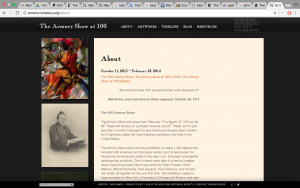I have to admit that when I found out we had a Research and Communication module I wasn’t particularly thrilled about it, as writing has never been one of my strengths. For this last task I will be analysing my experience from all previous exercises. Notwithstanding, I have to say that although not every part was enjoyable, it definitely broadened my knowledge and encouraged my own self-discovery.
The module started with Task 1 and 2: Online Resources. I got particularly invested in the research of this first writing and was glad to use a book somehow. I found it such a pleasurable feeling when I was able to link past knowledge and new one together. It was like all the information was just sinking in and I didn’t even have to intentionally learn it.
For my second piece of writing: Academic Integrity, I searched one of my favourite artists, Yayoi Kusama. Something I thought would help, however, I was feeling completely uninspired and my research felt quite vague. Nothing, not even websites or books were supporting my thoughts. For this reason, I decided to look for more dynamic and visual sources of information such as videos. These were told first-hand by the artist and were very useful.
Task 5 and 6 was all about Visual Research. I was surprised to find out that this time I was enjoying myself. I guess that thanks to the experience from previous tasks I started finding which process helped me best to potentiate my skills. Instead the mood board was slightly challenging, as a tactile person, having to create a computerised version supposed an added difficulty.
The following exercise was Reflective writing something that required academic reading. This one was definitely the most time-consuming and difficult. I needed to constantly push it aside to let the ideas sink in. For instance, there was so much to talk about and so many complex concepts that it was hard to select and keep the work count to only 500 words.
My “final” task, number 9 and 10 was Ethical Issues. This was the only task I found myself looking forward to write. I am genuinely concerned about this topic and it was a wonderful experience to be able to know more about it. I was so pleased to find myself using words with quite precise meanings. Not all the time, however, did I have the exact word in mind, so I, likewise, searched for extra synonyms or word definitions to make sure that the text were varied and fluid.
Writing, in my opinion, is complicated but it is essential to be able to communicate our thoughts through this media. Although I learnt a lot, I realise still how many online sources I used. Something I believe must be improved. On the other hand, I absolutely loved the creative freedom we where given. Improving in this aspect is all about practise and dedication and this has showed me that the harder I push myself, the greater things I am able to produce.

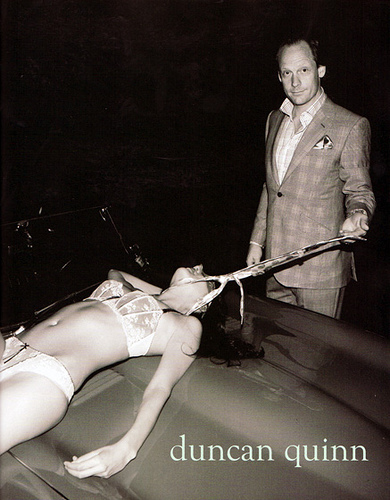
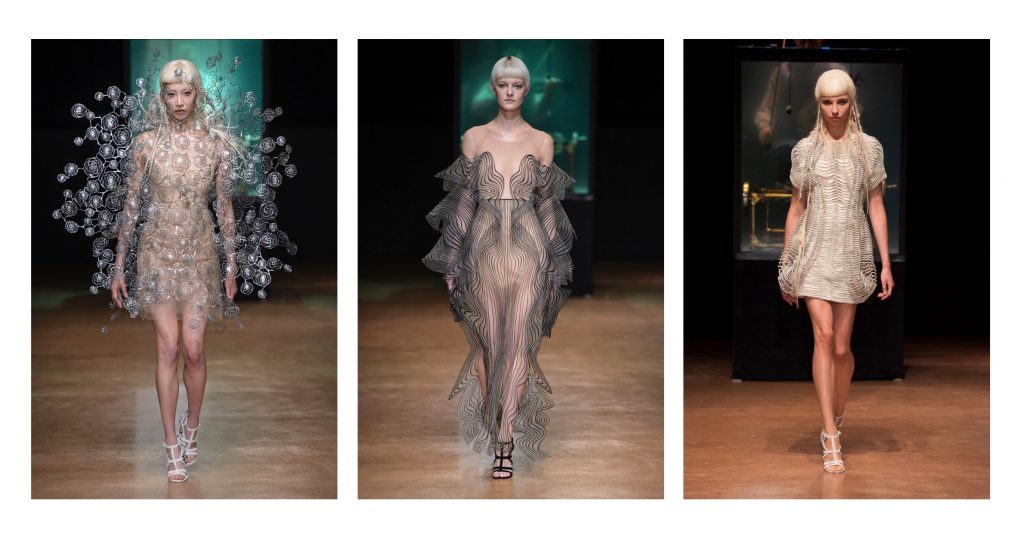
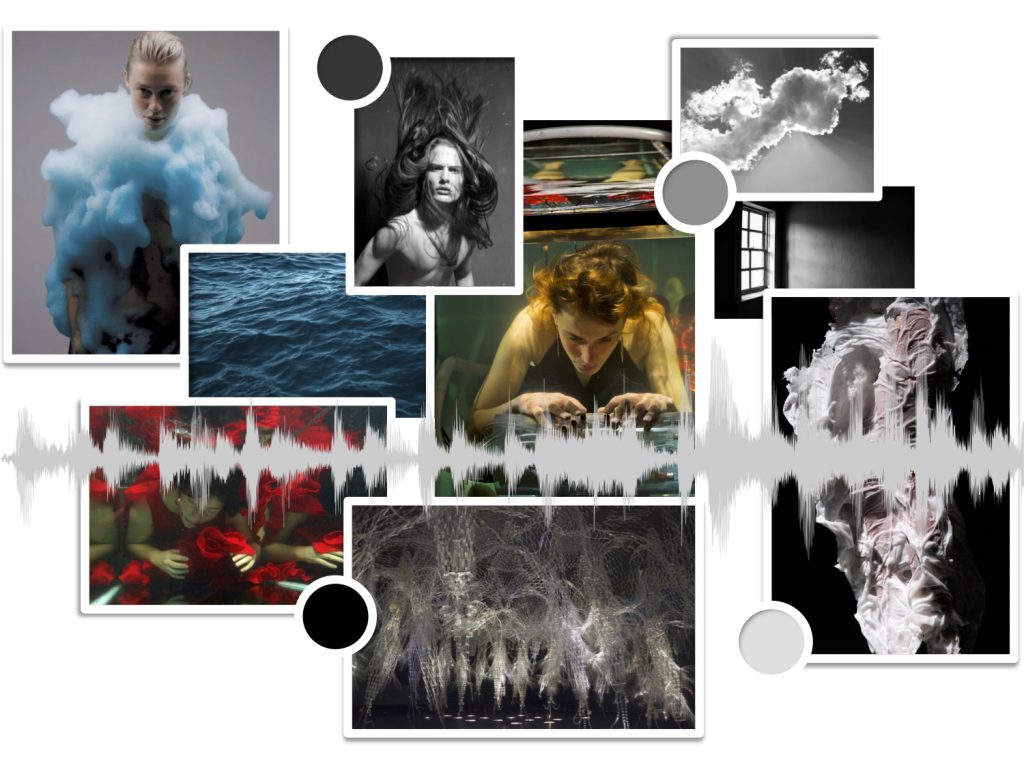
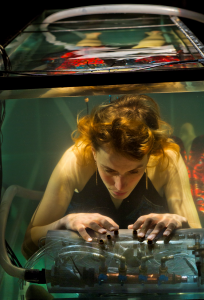

![Motoko Rich. 2017. Yayoi Kusama, Queen of Polka Dots, Opens Museum in Tokyo - The New York Times. [ONLINE] Available at: https://www.nytimes.com/2017/09/26/arts/design/yayoi-kusama-queen-of-polka-dots-museum-tokyo.html. [Accessed 01 November 2017].](http://blog.soton.ac.uk/rcs/files/2017/11/Captura-de-pantalla-2017-11-01-a-las-21.15.07-300x188.png)
![Motoko Rich. 2017. Yayoi Kusama, Queen of Polka Dots, Opens Museum in Tokyo - The New York Times. [ONLINE] Available at: https://www.nytimes.com/2017/09/26/arts/design/yayoi-kusama-queen-of-polka-dots-museum-tokyo.html. [Accessed 01 November 2017].](http://blog.soton.ac.uk/rcs/files/2017/11/Captura-de-pantalla-2017-11-01-a-las-23.03.48-300x188.png)
![Unknown, (2012), Louis Vuitton- Yayoi Kusama Collection [ONLINE]. Available at: http://www.vogue.co.uk/gallery/louis-vuitton-unveils-yayoi-kusama-collection [Accessed 1 November 2017].](http://blog.soton.ac.uk/rcs/files/2017/11/810-1-200x300.jpeg)


